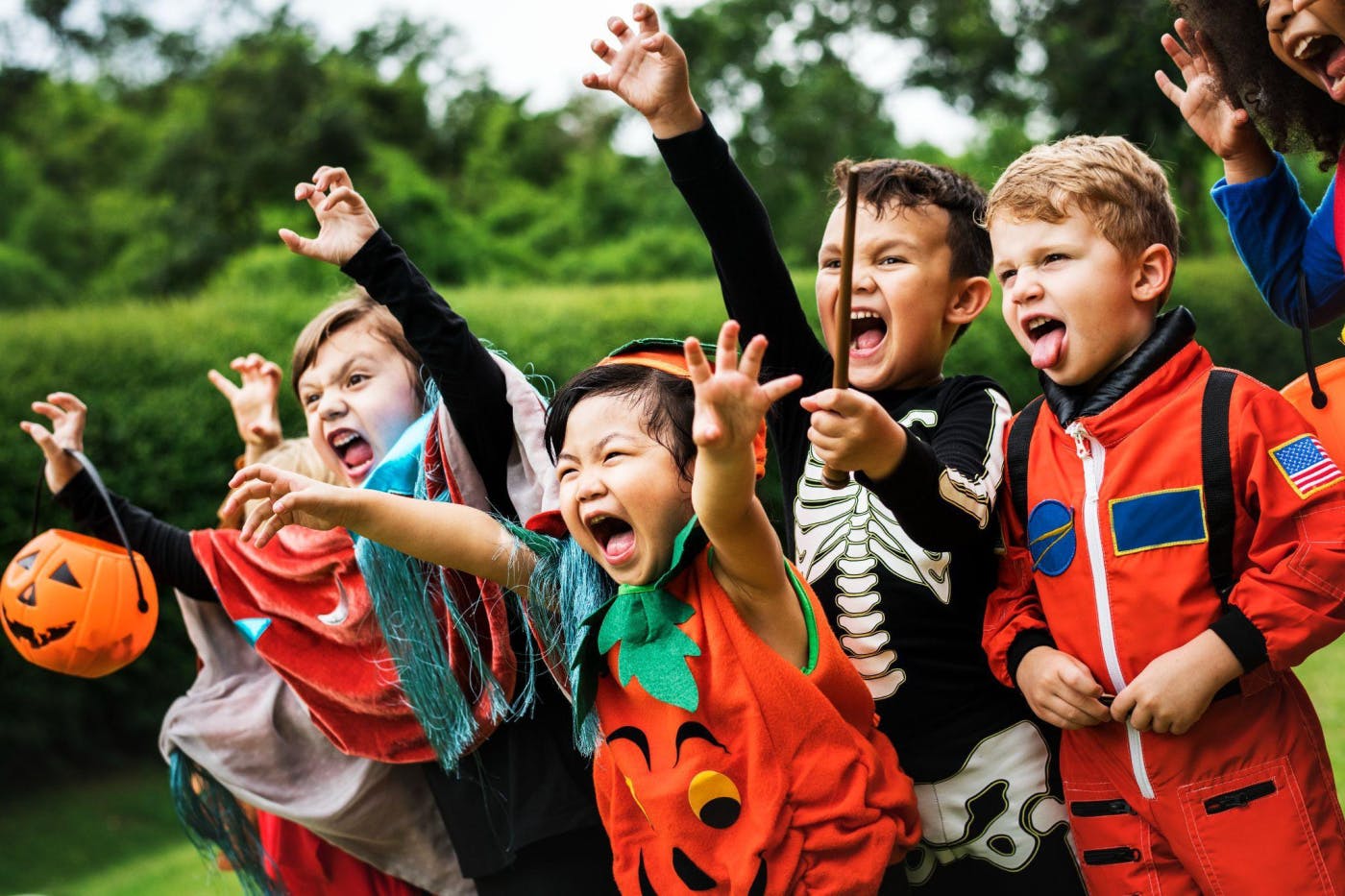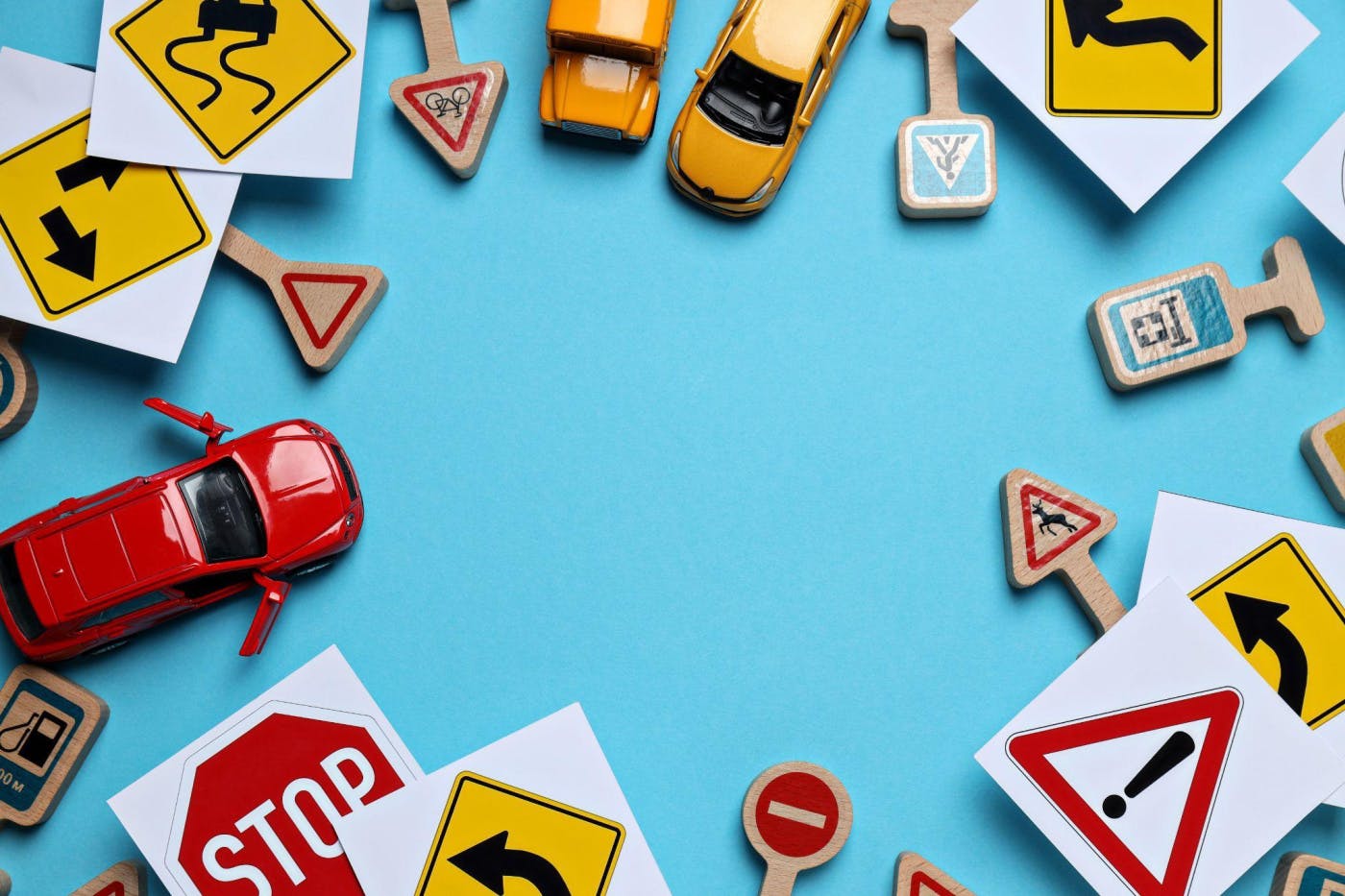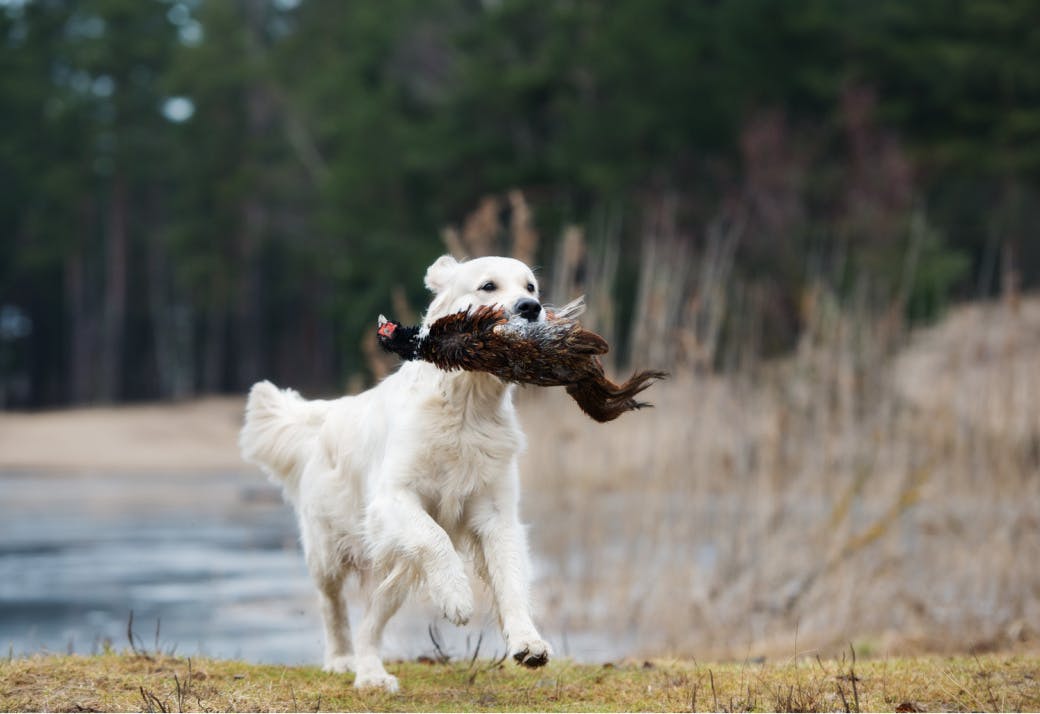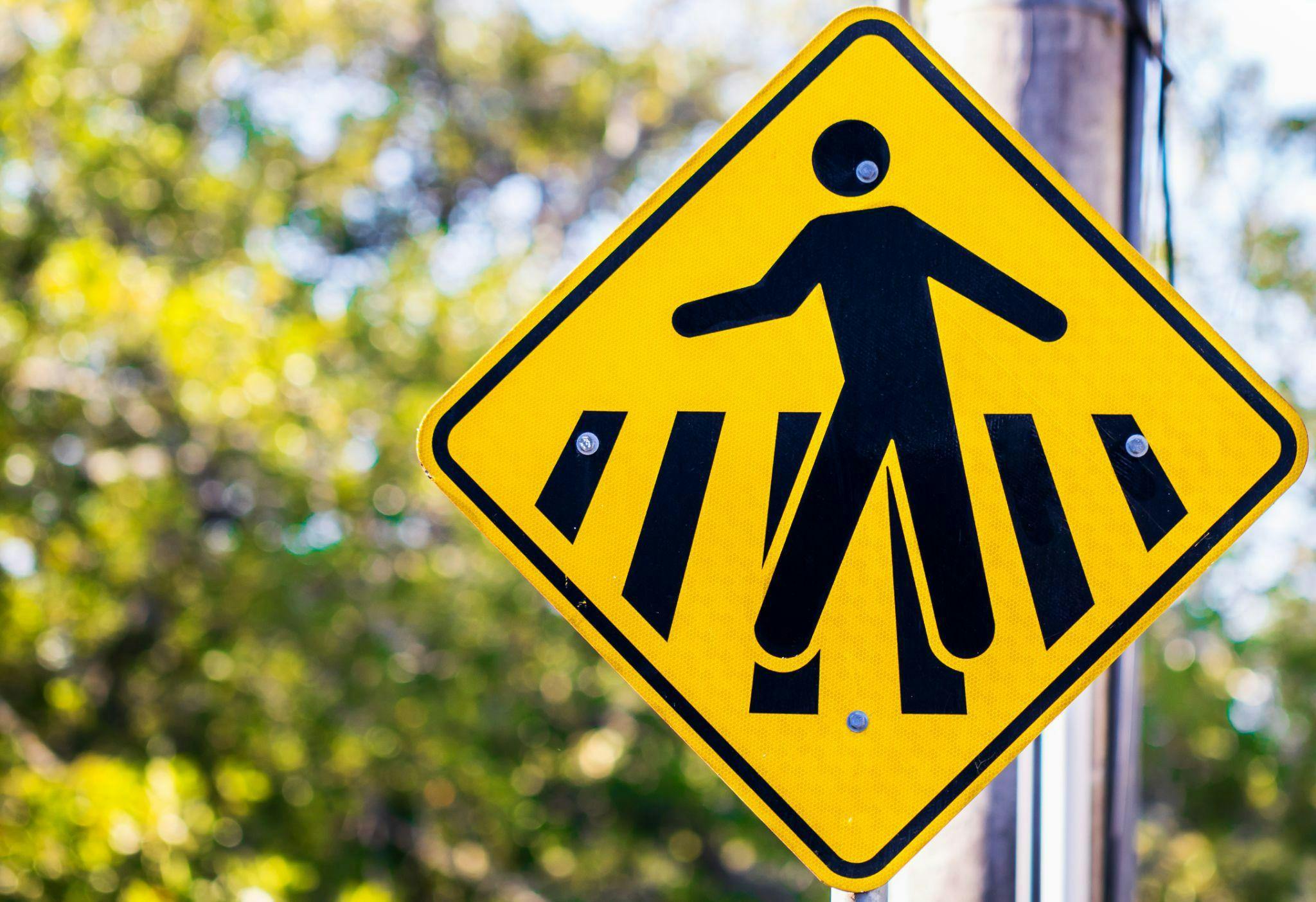Halloween Safety Tips for Minnesota Parents

Halloween is a magical time for kids, full of fun costumes, spooky decorations, and plenty of candy. Unfortunately, it also comes with some potential risks. To help you keep your loved ones safe this Halloween, here are some safety tips that every parent should know.
Key Takeaways
- Children under 12 should always be accompanied by an adult when trick-or-treating.
- Children who are ready to trick-or-treat without an adult should travel in groups of three or more.
- Driving slowly and carefully is essential to protecting kids on the road this Halloween.













